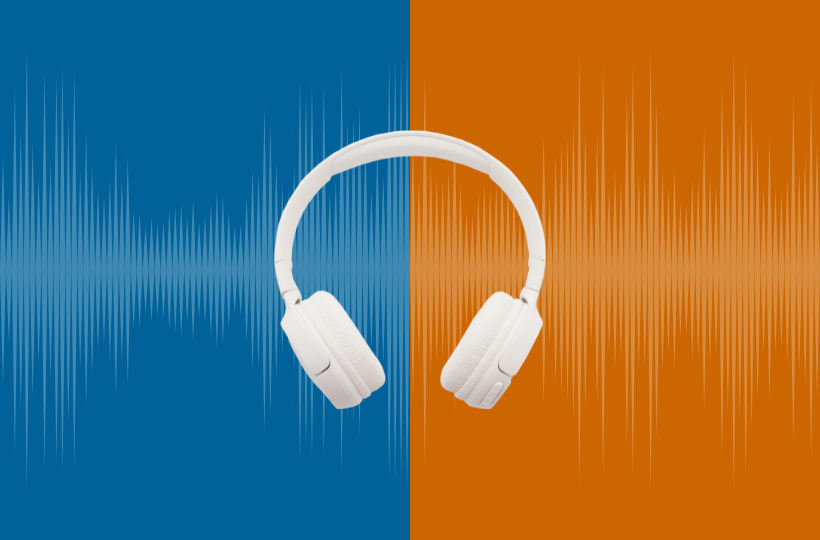The Next Generation of Drive-In Theaters

Did you know that drive-in theaters have been around for more than 100 years? The first drive-ins are thought to have started as early as the 1910s; however, the first official patented drive-in theater was established by Richard Hollingshead in New Jersey on June 6th,1933. After testing the concept in his driveway from small crowds, […]
